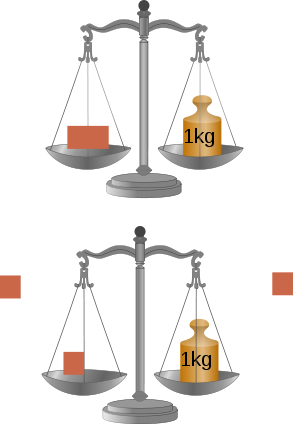Introduction to Ayurveda: Vata, Pitta, Kapha (Part Two)
Ayurvedic medicine uses a similar five element theory as does TCM to explain all mental and physical functions of the body and its relationship with its natural enviroment. The five elements of air, ether, fire, water and earth are further condensed in Ayurveda into the three doshas of Vata, Pitta, and Kapha. A dosha is defined as something that can often go wrong and, if it is in excess, can cause problems in organs and bodily systems for which it has an affinity. Vata is in control of the body’s nervous system and represents movement and change; Pitta provides digestion of thoughts and substances, while Kapha controls stability and lubrication.
Vata affects the nervous system, brain, heart, colon, bones, lungs, bladder, pelvis, thighs, ears and skin
Pitta affects the brain, liver, spleen, small intestine, endocrine glands, skin, eyes, blood and sweat
Kapha affects brain, joints, mouth, head, neck, stomach, lymph, thorax and fat
Each dosha has its own physical, mental and emotional characteristics according to the elements of which it consists. Although all three doshas exist and interact within each person, one or two usually dominate and form the person’s individual, life long constitution, or prakruti. Ayurveda recognizes that different actions, reactions, and effects within mind/body will occur depending on which doshas are at play at any time. All substances and activities will either increase or decrease the three doshas according to their qualities. Anything that increases the dosha will cause disharmony in the person’s constitution and potential illness. For example, as one of the main qualities of the vata dosha is dryness, adding more dryness will adversely affect it as if tipping a pair of scales off balance. All three doshas must remain in their correct proportion according to the individual’s constitution to maintain harmony and balance and prevent disease.
Vata consists of air and ether. Its mental and physical qualities are dry, cold, light, irregular, mobile, rarefied and rough.
Pitta consists of fire and earth. Its qualities are oily, hot, light, intense, fluid, malodorous and liquid.
Kapha consists of water and earth. Its qualities are oily, cold, heavy, stable, viscous, dense and smooth.
Knowing the qualities and characteristics of your dominant dosha(s) is the key to finding balance for good health. See Part 3 of an Introduction to Ayurveda for a self-assessment to determine your prakruti.
Leave a reply →
